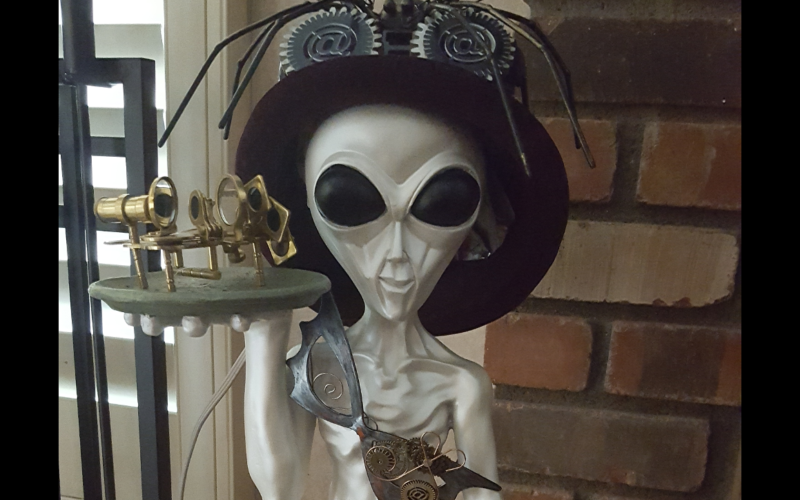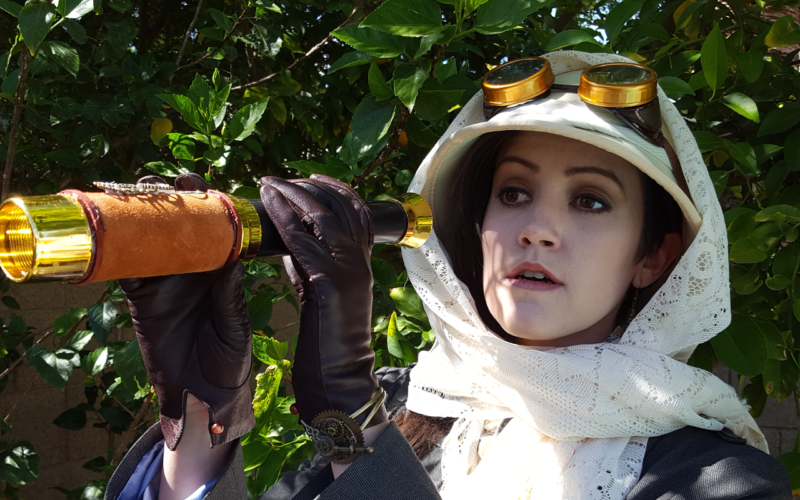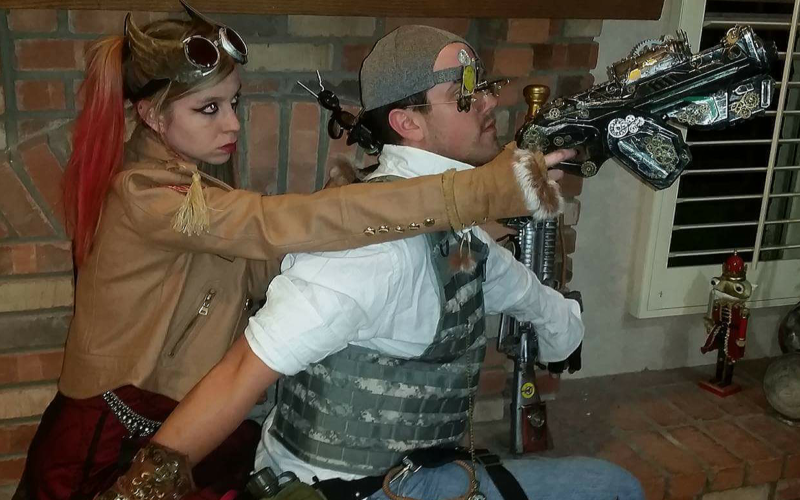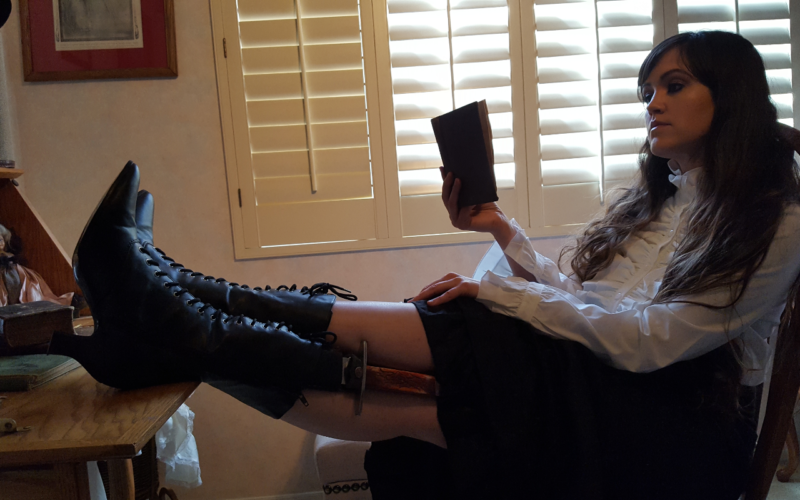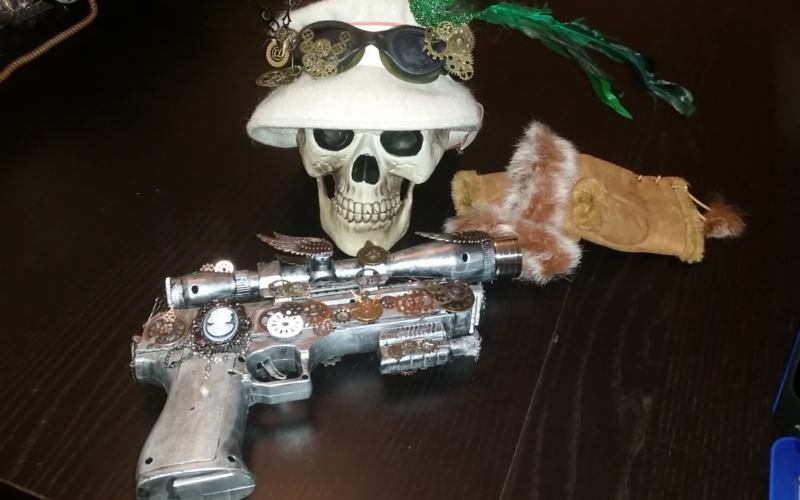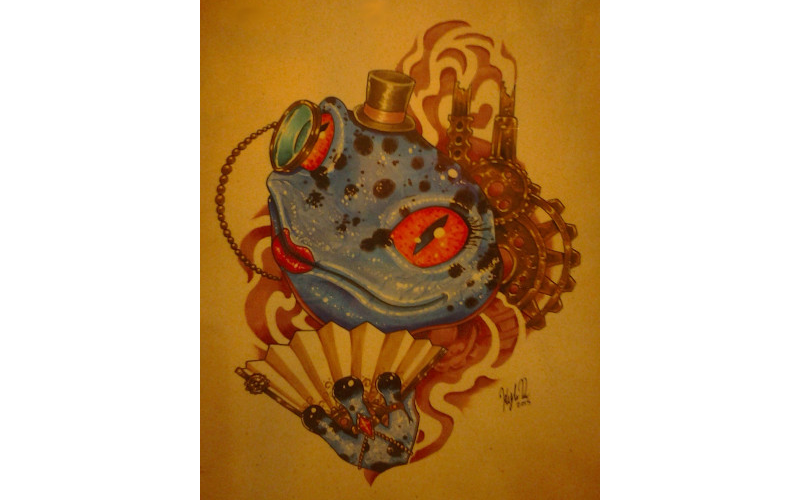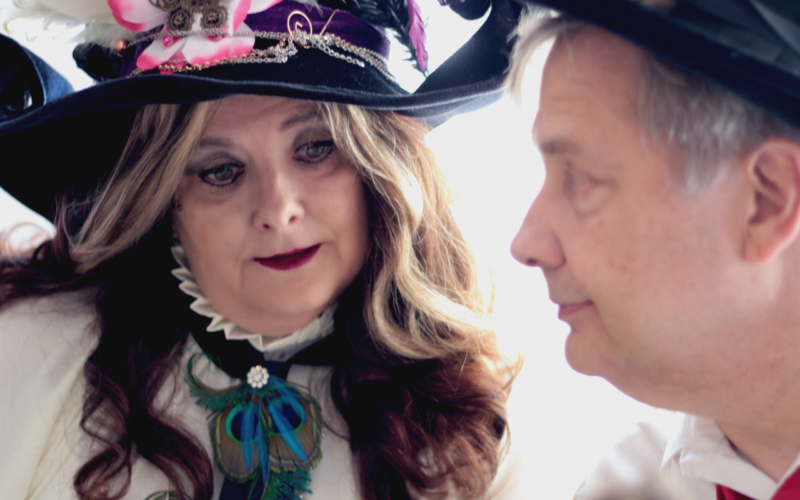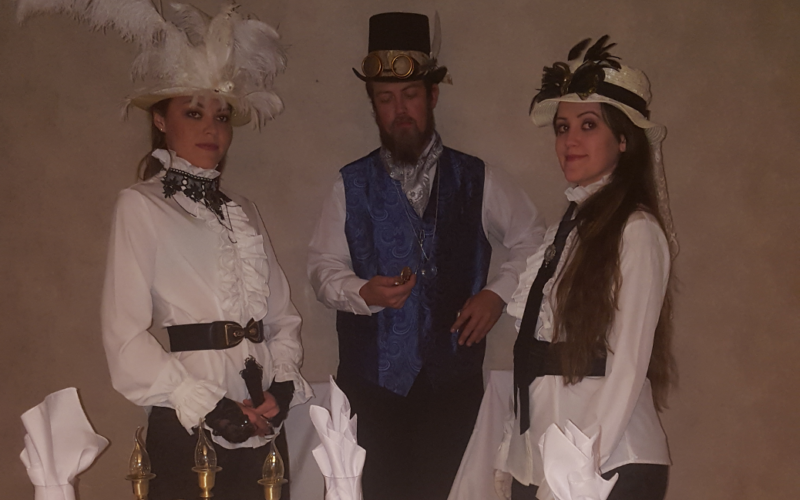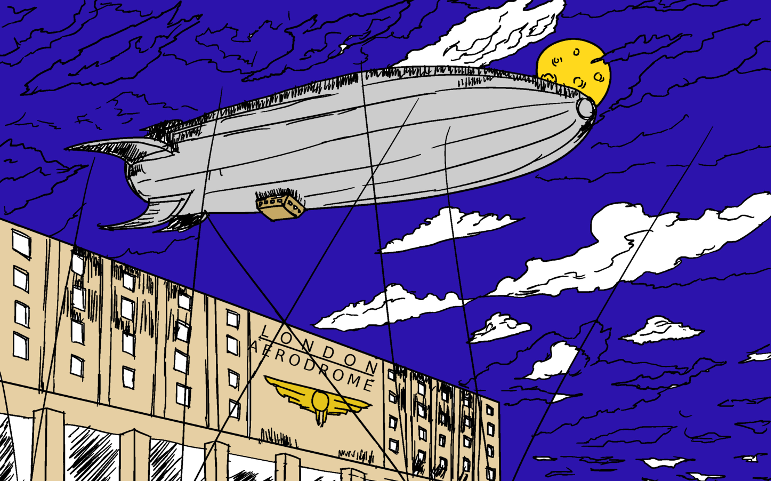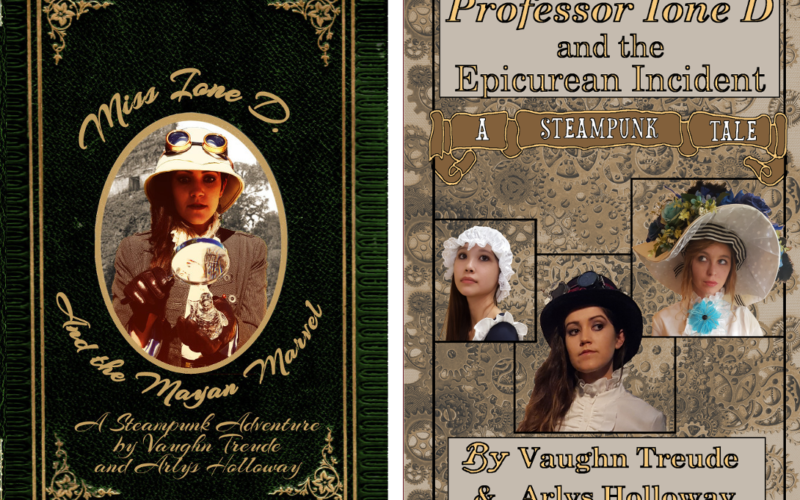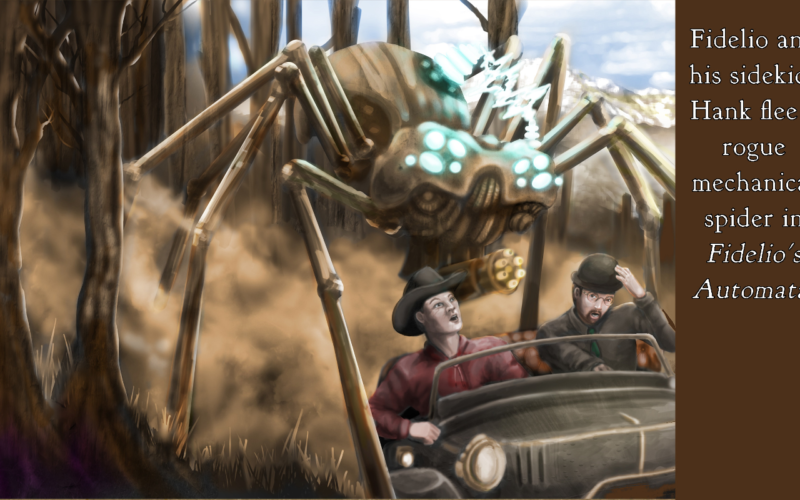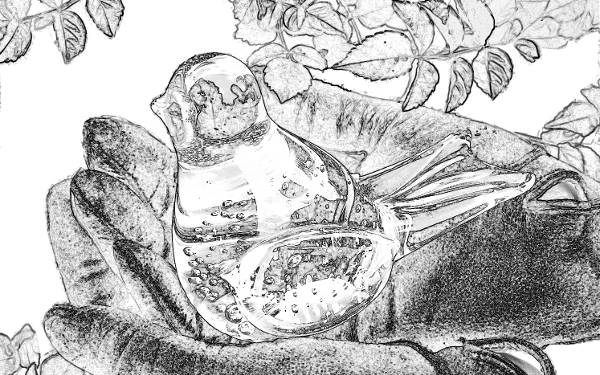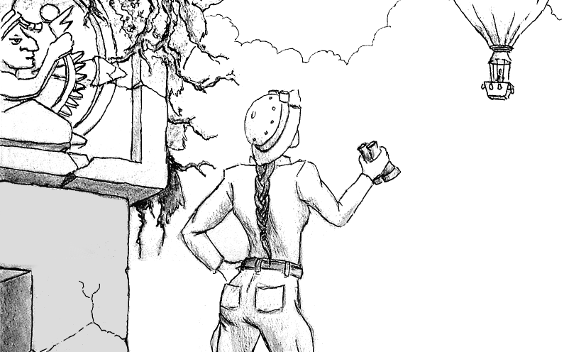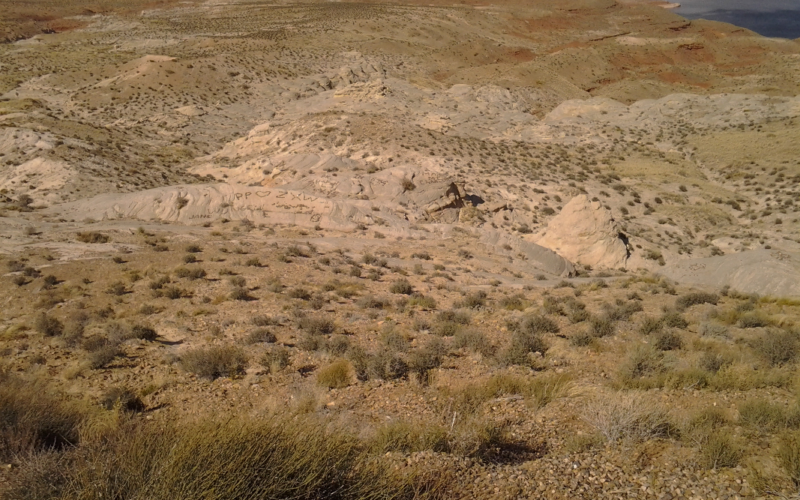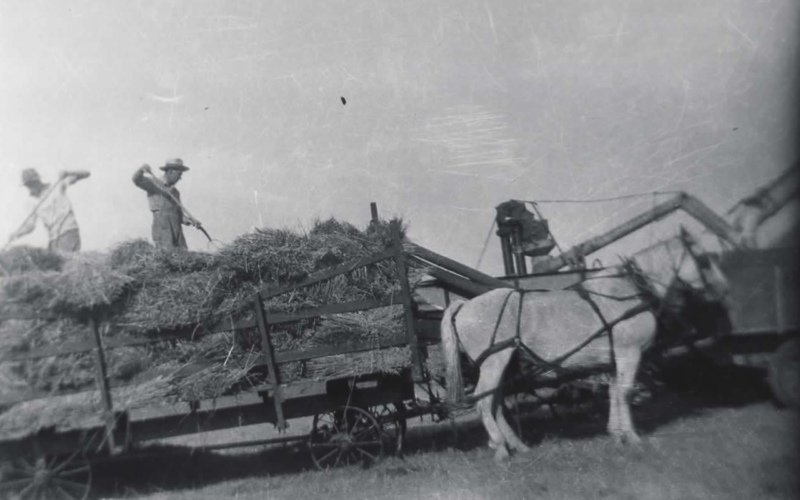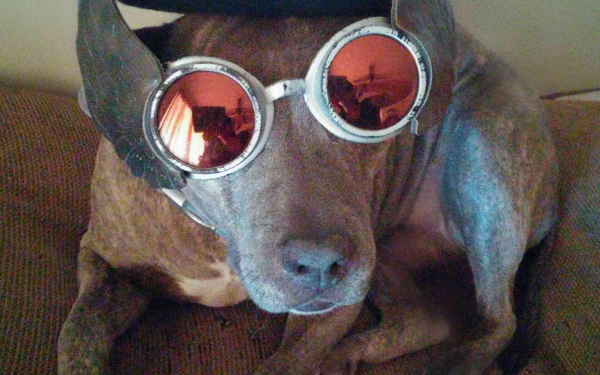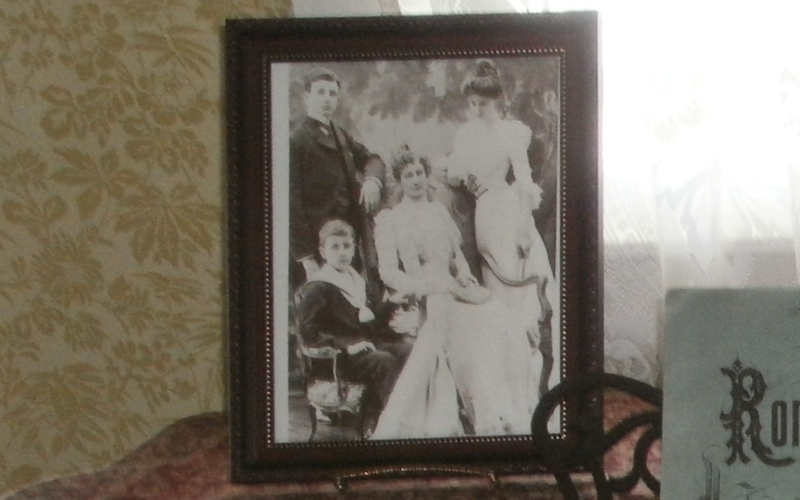
In 2008, when Twilight hit the big screen, vampire stories were everywhere. I was getting pretty sick of them. Even publishers wouldn’t buy vampire books. Yet the vampire legend, like the creatures that people it, refuses to die. The Japanese are just as intrigued with the concept and have produced several vampire series in anime form. Arlys and I discovered a new one just in time for Halloween. It’s called Shiki, which is Japanese for “corpse demon.” It’s a 2010 anime from the studio Daume based on a manga series by Ruyi Fujisaki which is in turn based on a 1998 novel series by Fuyumi Ono.
Shiki takes place in the remote Japanese village of Sotoba whose only claim to fame is a durable kind of wood used for grave markers. It also has a European-style mansion on a nearby hillside, long abandoned until the mysterious Kirishiki family moves in. They claim to be suffering from a rare disease that doesn’t allow them to come out in sunlight. About that time, people begin falling prey to a wasting sickness. At first, it’s just the elderly but soon young adults and even children are dying. Of course, people make the obvious connection, but they don’t believe it. “Vampires are only in movies,” they say.
Three people suspect it’s more than a normal epidemic. One of them is the town doctor, who loses sleep and goes almost crazy with frustration that he can’t save his patients. Another is a Shinto priest and part-time novelist who is suddenly doing a lot of funerals. The third is a sullen teenage boy whose parents brought him to the countryside from the big city against his wishes.
It’s difficult to approach the vampire theme in an original way, but people keep trying. (I, too, attempted it in my short story “Love at Stake,” which is available for free download Oct. 29-31.) Shiki does its best to show how a modern community might react to a supernatural invasion. Though for the most part, it follows the rules established by Bram Stoker’s Dracula, like every other vampire story it makes some changes. In Shiki, the vampire’s bite is not immediately fatal. Victims succumb to blood loss after multiple feedings. Some rise from the dead to become vampires, others do not. Unlike Anne Rice’s vampires, resurrection isn’t a choice, it’s totally random. Furthermore, not all shiki are allergic to sunlight.
The pacing is a bit slow, but with 23 episodes the plot needs to take its time unfolding. Even the maverick young doctor sees a number of unexplained deaths before he suspects the truth. It takes several episodes for the dead townspeople begin to rise again. The doctor manages to almost cure one of the victims with blood transfusions. The vampires’ bites are tiny, mimicking those of insects, and can be found on any part of the body.
Shiki manages to stay interesting despite the well-worn subject matter. We found ourselves wondering how the characters would fare on the next episode. One of its best features is the first season’s opening sequence, which features the show’s characters morphing into rainbow-colored skeletons. To me, the biggest flaw was its convention of showing the Kirishikis with dark, pupil-less eyes. The effect is so creepy that you’d expect everyone in town would be stocking up on crosses and garlic.
As I write this article, we’ve completed the first 12 episodes which means we’ve just begun the second season. Normally I’d wait to do the review until we’d finished all of them, but I didn’t want to miss the vampires’ favorite holiday. Shiki is available streaming online from the usual websites. A Blue-ray compilation is available here. The show’s pacing can be frustrating at times but we still found it entertaining. I rate it four out of five gears.

